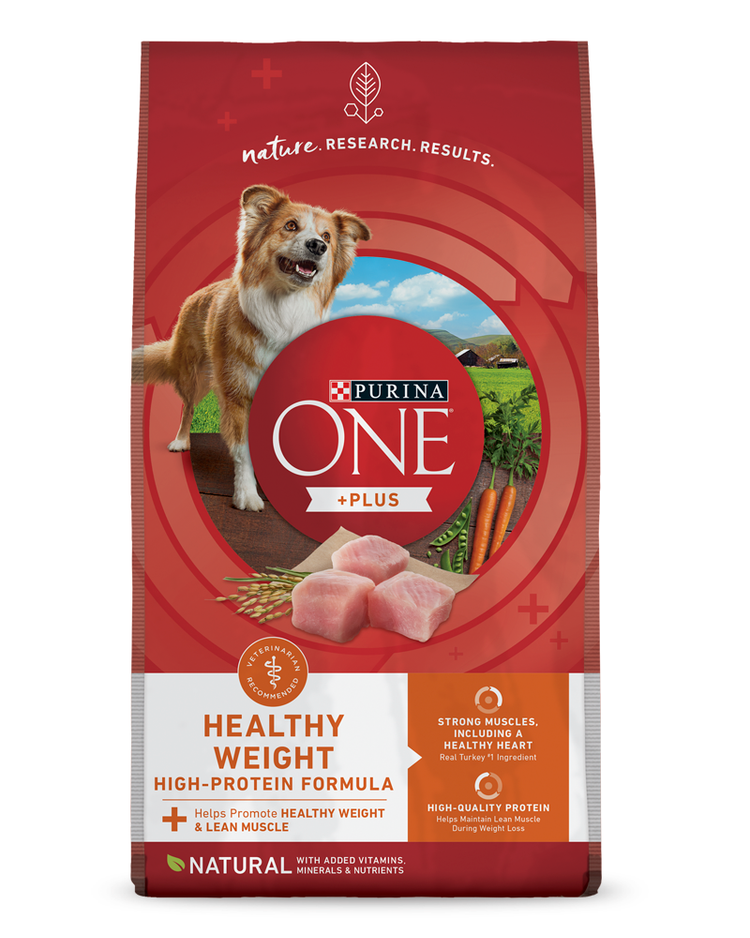Signs and Symptoms of High Blood Pressure in Dogs


High blood pressure, also known as hypertension, may seem like a uniquely human problem given that it affects one billion people worldwide.
You might be surprised to learn, however, the condition occurs in canines as well. Because symptoms of high blood pressure in dogs are sometimes hard to detect, your pet may maintain their normal routines of eating, playing and sleeping until the condition advances.
So, how do you know if your pet is at risk? Read on to learn more about the signs, causes and treatment for high blood pressure in dogs.
What is Hypertension in Dogs?
Hypertension occurs when blood pressure is consistently above what’s normal for your dog.
The condition can be dangerous because it causes the heart to pump harder to circulate blood throughout the body. In some cases, high blood pressure can cause organ damage to the eyes, kidney, nervous system and heart.
There are two types of hypertension. Primary hypertension has no known cause, but it’s rare in dogs. Secondary hypertension is much more common for canines. With this type, high blood pressure is a complication of another illness such as kidney disease, hyperadrenocortism, diabetes and others.
What is Pulmonary Hypertension in Dogs?
Pulmonary hypertension in dogs refers to persistent, high blood pressure in the blood vessels of the lungs.
Causes may include increased blood flow in the lungs from a heart defect, respiratory disease, blood clots and more. Heartworm disease can also be a culprit.
If you’re looking for signs of pulmonary hypertension, your pet may have a cough, swollen jugular vein and/or distended abdomen.
In most cases, pulmonary hypertension is diagnosed with an echocardiogram (ultrasound of the heart).
Symptoms of High Blood Pressure in Dogs
Some symptoms of high blood pressure in dogs may be visible to pet owners, while others may not. If you suspect your dog might have hypertension, contact your veterinarian right away.
Here are some signs that you and your veterinarian can look for:
- Sudden blindness
- Disorientation
- Detached retina
- Seizures
- Shrunken or swollen kidneys
- Heart murmurs
Which Dogs Are Prone to Hypertension?
Older dogs are more likely to have hypertension given their vulnerability to underlying conditions like kidney disease and Cushing’s syndrome. (Remember, high blood pressure in dogs often results from other health issues.)
As a result, breeds with higher risk of Cushing’s such as Dachshunds and Poodles may be more susceptible to hypertension. Similarly, canines that have increased rates of diabetes mellitus like Schnauzers and Australian Terriers are also at risk.
Sighthounds and overweight dogs may also be more likely to have hypertension.
Diagnosing Hypertension
Typically, veterinarians won’t measure your dog’s blood pressure unless they have a related disease or show symptoms unique to the condition.
Blood pressure measurements represent the systolic pressure (blood that pumps out of the heart into the arteries) and the diastolic pressure (pressure created as the heart rests between beats).
Systolic pressure is the first number in a pressure reading; diastolic is the second.
The following systolic blood pressure readings represent ranges of hypertension in dogs:
- 160-179 – Moderate risk
- 180 – High risk
Once hypertension is detected, your veterinarian may order blood tests to determine the cause.
Treatment of Hypertension in Dogs
If your veterinarian diagnoses your dog with high blood pressure, they’ll likely want to treat the underlying disease as soon as possible.
Medication for hypertension may also be recommended. Additionally, your veterinarian might suggest a low sodium diet as this can be beneficial.
Weight management dog foods can be a good choice, as many of them contain lower levels of sodium. Ask your veterinarian for recommendations.
Want more health tips for your dog? See what our experts have to say on our Pet Expertise page.
Related articles

Reward Yourself with myPurina
Earn and redeem rewards for Purina products with the myPurina app.






